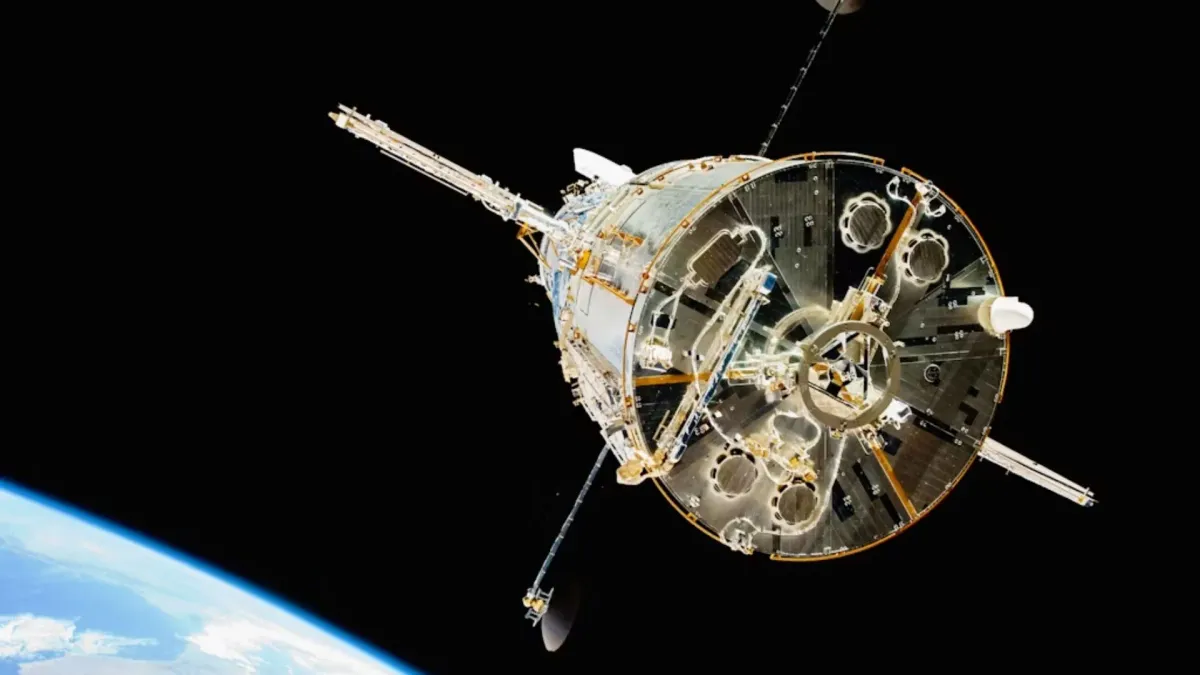Apple is reportedly working to expand its satellite connectivity features, moving beyond the emergency SOS service introduced with the iPhone 14.
According to Technology.org (source), the company plans to let users send images, share location data, and access selected third-party apps directly through satellite links.
The effort builds on Apple’s partnership with Globalstar, the satellite operator that already supports iPhone emergency messaging. Future versions of iOS could integrate non-terrestrial 5G networks, allowing devices to connect with orbiting satellites instead of ground towers.
That capability would provide continuous coverage in remote or disaster-prone areas where cellular service is unreliable.
Reports from outlets including MacRumors (link) and TechCrunch (link) indicate Apple is testing ways to make these connections usable for everyday functions such as offline navigation and multimedia messaging.
Expanding the iPhone’s Reach
The new system could mark the first step toward a hybrid connectivity model where the iPhone maintains limited service even without mobile coverage.
Analysts expect Apple to offer a basic free tier while exploring premium options or carrier-linked subscriptions for sustained bandwidth.
Engineering teams are reportedly improving signal reliability indoors so users will not need to physically orient their phones toward the sky.
If successful, this shift would extend Apple’s services ecosystem into low-Earth orbit, creating a new layer of integration similar to how the company built continuity between devices through iCloud.
It also hints at Apple’s ambition to control every element of user connectivity, from hardware and software to communication networks themselves.
Industry and Market Implications
The move could disrupt traditional telecommunications models. Direct-to-device satellite connectivity reduces dependence on towers and terrestrial infrastructure, challenging carriers that dominate spectrum and data pricing.
It may also accelerate competition from firms like SpaceX’s Starlink, AST SpaceMobile, and Qualcomm, all pursuing global direct-to-phone systems.
For consumers, the benefits go beyond convenience. In regions affected by natural disasters or limited infrastructure, satellite-enabled phones could become vital for safety and continuity.
Regulators are watching closely, as broader satellite usage may demand new coordination over frequency rights and data-privacy protections.
If Apple succeeds, the iPhone could evolve into a truly global communicator — a device that remains functional wherever the user stands, redefining the boundary between terrestrial and orbital networks.






